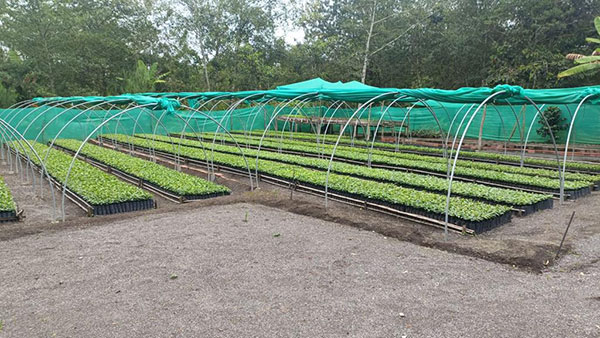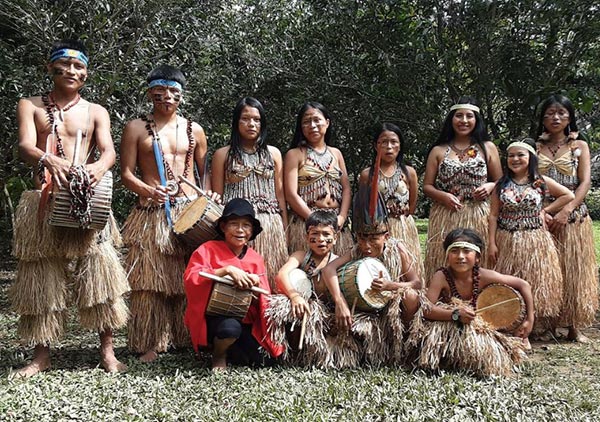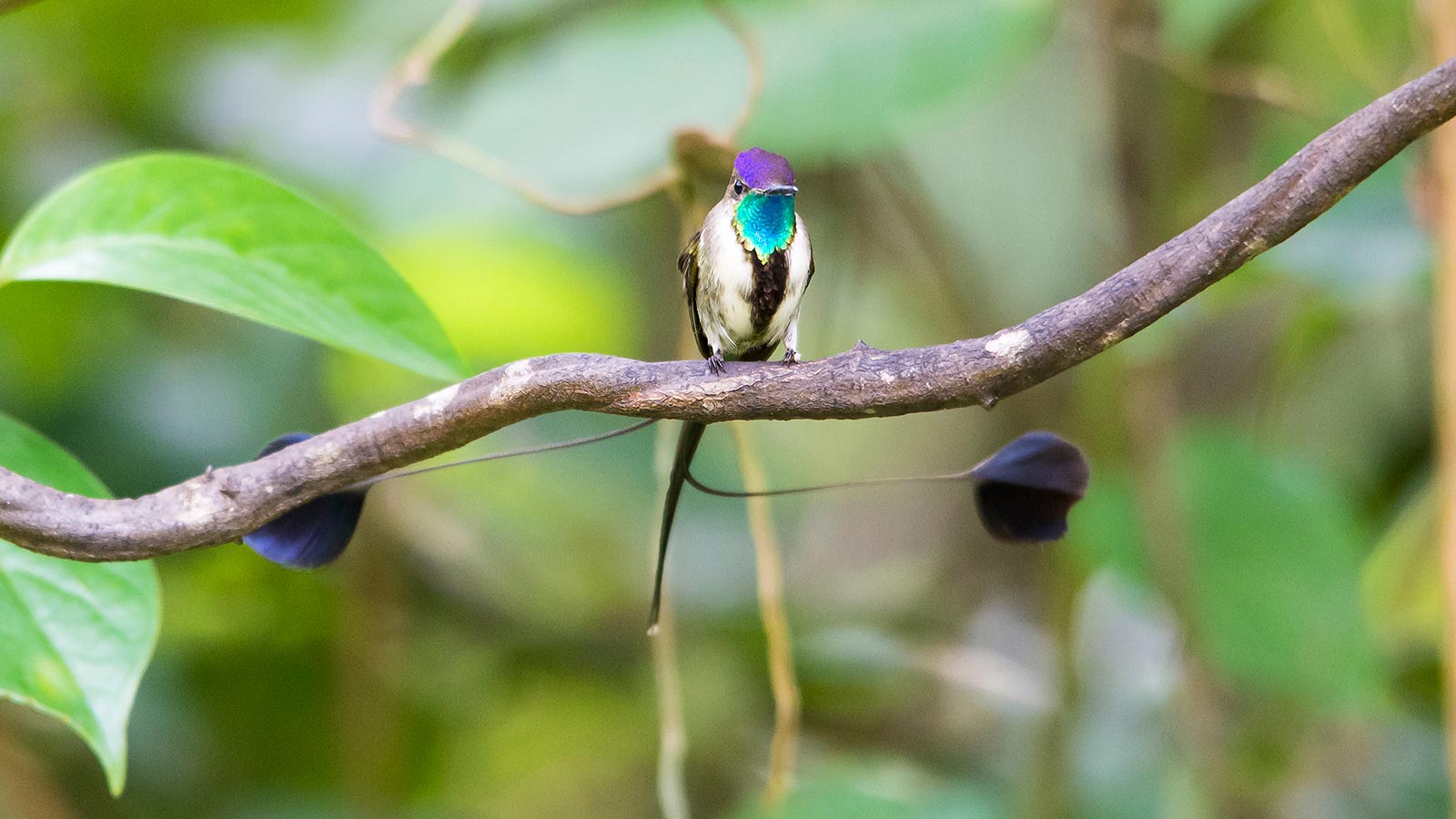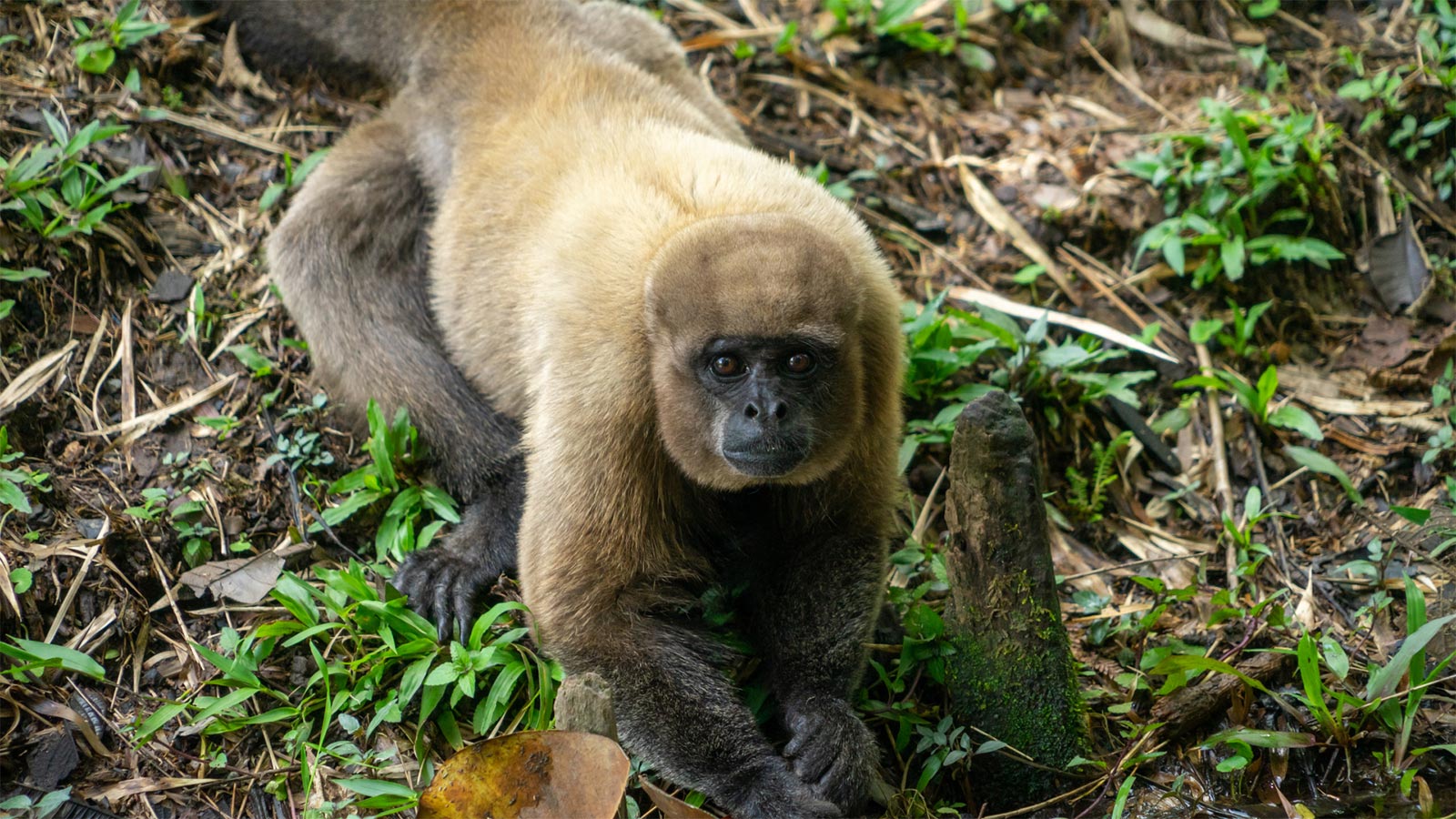
Preserving forests
Amazonia
The Amazon is the setting for many fantasies. From its name, inspired by the Amazon women of mythology, to the incredible richness of its biodiversity and the forest peoples who live there, the Amazon is a unique ecosystem. A vast region located in South America and crossed by the Amazon River, the Amazon spans eight countries and one overseas territory: Brazil, Peru, Colombia, Ecuador, Venezuela, Bolivia, Suriname, Guyana and French Guiana.
Deforestation in the Amazon is now threatening this green lung of the planet and invaluable reservoir of biodiversity. To combat this, Planète Urgence is committed to preserving this natural heritage and developing reforestation projects in the Amazon, for the benefit of local populations and the climate.
Amazonia in figures

550
million hectares, ten times the size of mainland France

390
billion trees of 16,000 species, i.e. 50 times more trees than people on the planet

10 %
of the world’s terrestrial biodiversity

34
million people live there, including more than 350 indigenous groups

entre 90 et 140
billion tonnes of carbon stored, i.e. 10% of the world’s carbon reserves
Threats: massive and ongoing deforestation
Over the past fifty years, deforestation in the Amazon has accelerated due to several factors. In ten years, the area of forest lost in the Amazon is equivalent to that of mainland France, i.e. 415,000 to 587,000 km².
The main causes are well known and interconnected:
- conversion of forests into pastureland for cattle farming;
- expansion of industrial crops (soya, maize, palm oil);
- mining and road infrastructure;
- forest fires, often started to clear land.
The National Strategy to Combat Imported Deforestation (SNDI) points out that the European Union remains responsible for more than a third of global deforestation linked to international trade, through its imports of soy, beef, palm oil and cocoa.
If the current rate continues, the World Bank estimates that by 2050, nearly 40% of the Amazon rainforest could be lost. Such deforestation would disrupt the water cycle in South America and directly threaten the survival of millions of people.
Why protect and restore the Amazon? A climate and human issue
The Amazon plays a vital role in:
- regulating the global climate by storing carbon;
- maintaining rainfall, which is crucial for agriculture in Latin America;
- preserving thousands of plant and animal species;
- the life and culture of the forest peoples.
In this sense, Amazonian deforestation has global consequences:
- irreversible loss of biodiversity, with endangered species such as the jaguar, arapaima and pink dolphin;
- a reduction in carbon storage capacity, exacerbating climate change;
- disruption of rainfall patterns, with effects even on crops in the south of the continent;
- disappearance of the knowledge and cultures of indigenous peoples, who are among the best guardians of the forest.
This is why reforestation in the Amazon, when carried out in an ecological and socially responsible manner, is an essential lever for restoring landscapes, strengthening the resilience of ecosystems and supporting local communities.
Planète Urgence’s action for reforestation in the Amazon

Reforestation and sustainable agroforestry
Our reforestation project in the Amazon, called CUISCAF and based in Peru, is developing a coffee industry that respects the canopy while ensuring a stable income for producers. It prioritises local species, promotes biodiversity and supports sustainable agricultural models.

Empowering local actors
Planète Urgence supports civil society organisations, nature reserves and social enterprises. The aim is to develop their skills, improve species monitoring and help influence conservation policies.

Volunteering and skills transfer
Through the Congé Solidaire® programme, we send volunteers to support our partners in implementing conservation, awareness-raising and sustainable resource management initiatives.
Join the movement to protect the Amazon rainforest
The fight against Amazonian deforestation can only succeed with collective commitment: citizens, businesses, institutions and local communities. Protecting the Amazon requires a collective effort:
- supporting local and international conservation initiatives;
- promoting responsible consumer choices;
- making financial contributions or volunteering with organisations active in the field.
Every donation, every volunteer mission and every piece of information shared helps to preserve this unique forest.
To find out more : agroforestry, preserving and restoring forests and biodiversity, our projects.


